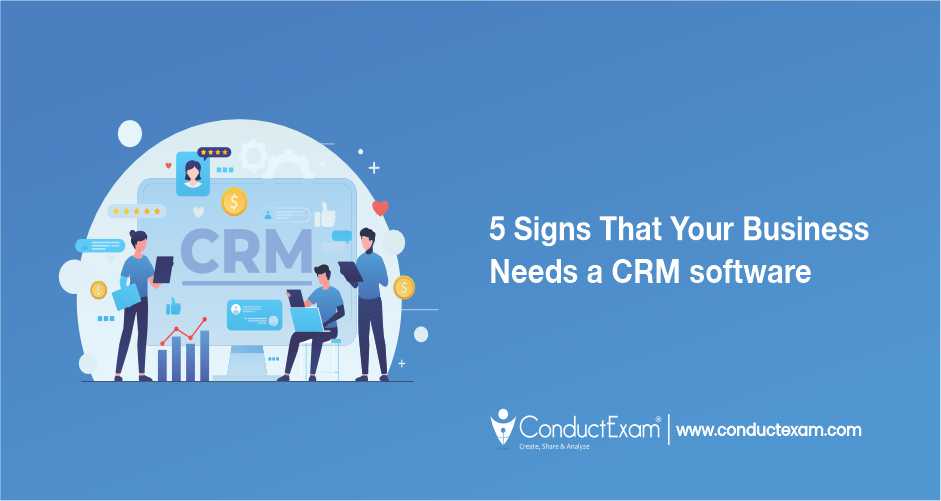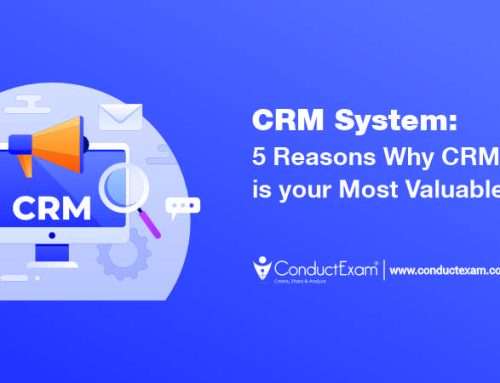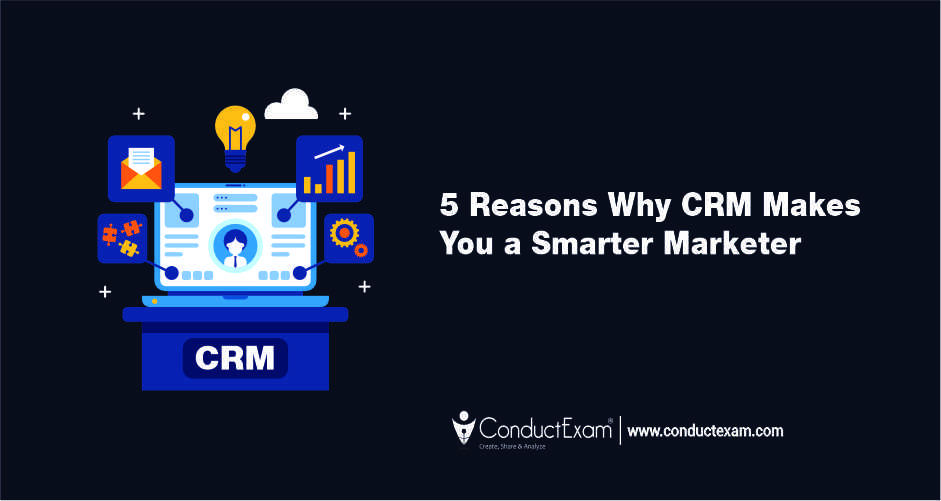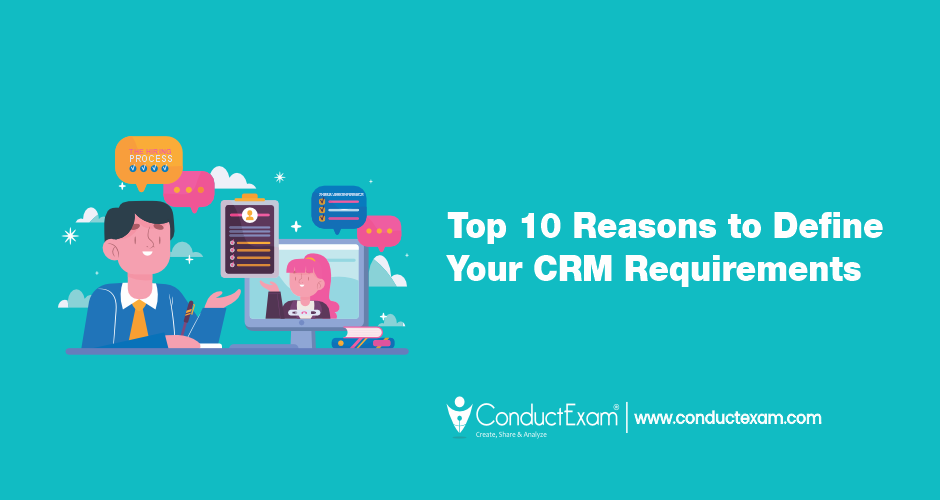Introduction
CRM Software has been in use for decades to keep relationships with customers fresh and active. Although most companies have converted to CRM systems, there is still a great deal of room for improvement in customer engagement. One of the first places you can improve is your customer relationship management software. CRM helps organizations reduce costs by improving interactions between sales, marketing, product development, and customer service.
The acquisition of customer relationship management software has increased dramatically in recent years. This means that your company has to get better at evaluating its customers and attempting to obtain new ones. Up-to-date databases allow companies to keep track of not just customers but their companies, products, services, locations, and other personal information.
What is CRM?
Customer Relationship Management Software is a resourceful way of maintaining good relations with your customers. It aids in the management of a sales force, sales pipeline, relationships with suppliers, clients, and others. These capabilities help the company both with customer care and operational efficiency. Every company has some sort of relationship with its customers but it is usually managed by manual means. Customer relationship management software is changing the way companies interact with customers. It can make customer service easier, give employees more incentives to keep customers happy, and even improve companies’ profits by increasing brand awareness and loyalty. The industry is evolving and so is CRM software. Find out what these tools can do for you and your business.
Also Read: 5 Reasons Why CRM System is your Most Valuable Asset
5 Signs that your business needs a CRM Software
Poor Data Analysis
If you want to better understand your customers, a CRM is an excellent tool for seeing how they interact with you. A CRM provides an easy way to get more information about your customers and what they do. You can get information about people online and in their neighborhoods, such as where they’re shopping and what they’re interested in. Observing your customers is the foundation of a data-driven approach to growing your business. It can also help you prevent disaster by helping you pinpoint problematic borrowers, anticipate credit card rewards losses, and more. This data can be used to develop targeted marketing campaigns and guide product development decisions.
Missed Sales Opportunities
Your nurturing and tracking programs work hand in hand to create a personalized experience for every contact. From nurturing new leads through follow-up to tracking conversations and responses, your CRM will help make your job easier. With the right technology, nurturing and tracking can lead to a better back-end experience for you and your team. Right now, all too often salespeople and professionals are sending personalized emails with nothing but boilerplate. This is overwhelming and disorganized for everyone involved.
Communication is key when it comes to nurturing and growth programs. Often times this is accomplished through a weekly or monthly progress report that includes important information on nurturing programs. Using a CRM, you can schedule tasks and follow up with your customers on anything that needs attention. This can help automate processes and save time for both you and your business owner. Not only can you schedule tasks but also reminders so that when they are due, they are done.
Limited Accountability Among Associates
The CRM is the lifeblood of your sales team. It tracks all the interactions from sign-ups to appointments to sales. Using data from your customers, leads, and other data points, the CRM creates actionable insights through the most efficient method for its given market space. Customer Relationship Management is a term used to refer to the relationships between customers and businesses.
It improves customer experience by providing you with the opportunity to build meaningful relationships through customized content, social media integration, targeted ads, mobile applications, and voice customer service. The best CRM makes customer service easy by giving you insights on lead status, activity, and even location. Users can manage multiple accounts with one dashboard and filter through a lead presentation by company, product, or demographics.
Low Productivity
A CRM (customer relationship management) is a unique type of software used to manage customer data across various departments in your business. Everything from lead generation to retention relies on data and insights obtained from CRM systems. It allows your company to proactively monitor and improve the performance of customer relationships and cross-sell offers, reduce response time from lead generation to closing sales and communicate information to your sales force in a data-driven way that is easy for them to understand and action.
Better yet, you can use your CRM to tell it what you want and it will do everything it can to deliver it. With the release of new features, it’ll be able to tell you which of your recommendations are most important and which are less so. The more you use your CRM, the better it gets—and the more value it provides.
Low Customer Satisfaction
Customer experience management is all about the interactions between your business and its customers. Marketing is all about identifying what appeals to customers and tailoring your products and services to appeal to those targeted by marketing. CRM can help you find these leads, clients, and conversions for your business. By using a CRM, you’ll gain a better understanding of your customers and their needs. You will be able to make better decisions with less effort and be more effective in building relationships with your customers.
They are the pioneers of technology, and we should always respect their opinion. Learn how to connect with and get the best out of these unique types of buyers by analyzing the stats heading into their next purchase. A CRM gives you insights into your current customer persona, plus historical data about each interaction they’ve had with your brand – allowing you to tailor your messaging and also help prevent common gripes by targeting those most likely to engage with you again.
Conclusion
Choosing the best tool isn’t just about reading blog posts or hearing recommendations from your colleagues; you need to feel that the tool will benefit you and your work more than anything else in your arsenal. This doesn’t mean choosing something just because it’s trendy — even though that can be a benefit — because there’s lots of research to back up the value of old tools. If something feels right, chances are good that it will work better on your process than something new. The decision to change your tools or process is a big one.
Changing the way you work, from a corporation down to an individual (or small business), requires a huge amount of change. Changes to your business or even just changes in technology can have a big impact on the way you work. Technology impacts our workflow, procedures, and even mentality in ways we might not be fully aware of. It could be changing the way you do your job, or even making it easier or more profitable to do it.
Hey, One more thing for you. if you want to get a free demo of our Online Exam Software then kindly Contact Us






Leave A Comment